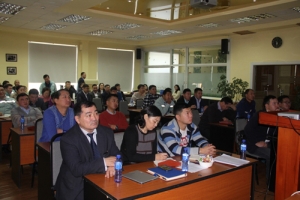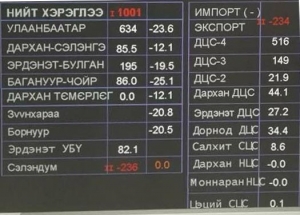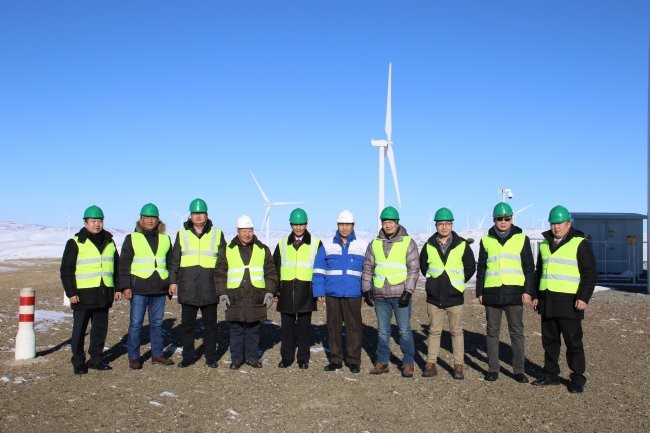Green growth-the impact of wind energy on jobs and economy
The wind power industry has grown considerably over the past 15 years. In 1997, the European Commission published its White Paper with a target of 40 GW wind power by 2010. By the end of 2011 this figure had risen to 94 GW, and meet 6.3% of the EUs total electricity demand. The European Wind Energy Association (EWEA) expects 230 GW of installed capacity in 2020 and 400 GW by 2030.
In 2010 installed wind energy capacity increased by 9.3 GW to reach a total of 84.3 GW in the EU, a 12.4% increase on the previous year. The largest share of new capacity was installed in Spain (1,516 MW), followed by Germany (1,493 MW), France (1,086 MW), United Kingdom (962 MW) and Italy (948 MW). In 2010, 2,965 MW of wind capacity was operational offshore; that is 3.5% of total installed wind energy capacity. Over the next two decades this share is expected to increase to 17.4% in 2020 (40 GW) and 37.5% in 2030 (150 GW).
In 2010 the wind energy sector – both directly and indirectly – contributed Ђ32.43 billion (bn) to the EU’s GDP, 0.26% of the EU’s total GDP for that year. Between 2007 and 2010 the wind energy sector increased its contribution to GDP by 33%. The wind industry is growing faster than the EU’s economy as a whole and this will remain the case over the next two decades.
Employment in the wind energy sector stood at 238,154. Between 2007 and 2010, the number of jobs in the sector grew by nearly 30%, whilst
EU unemployment rose by 9.6%. And wind energy displaces electricity generated by fossil fuels, which not only reduces electricity prices and CO2 emissions, but also avoids the cost of buying those fuels. In 2010, an avoided fuel cost from wind power production was Ђ5.71 bn. For the 2007 to 2010 period, wind energy avoided fuel costs totaling Ђ20.18 bn.
Wind industry sells and buys products and services from and to other economic sectors. This interdependence between sector means that the wind industry is driving force for many other industries – including metals, electric and electronic equipment, IT, construction, transport, and financial services. Consequently, as an industrial sector, the wind industry has an increasingly important role in Europe’s economy, contributing to the creation of value, to gross domestic product (GDP) and job creation, and to the development of other economic sectors.






